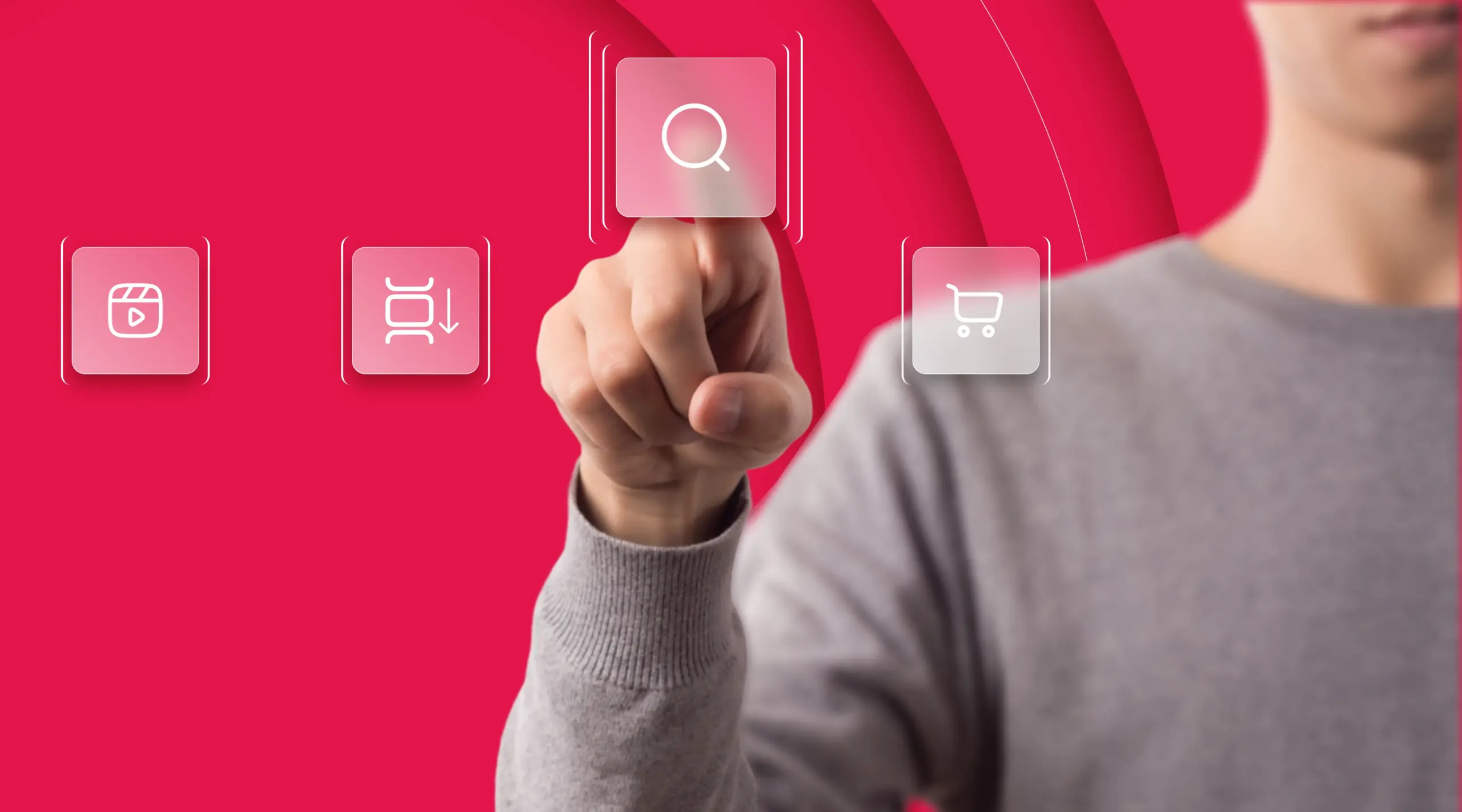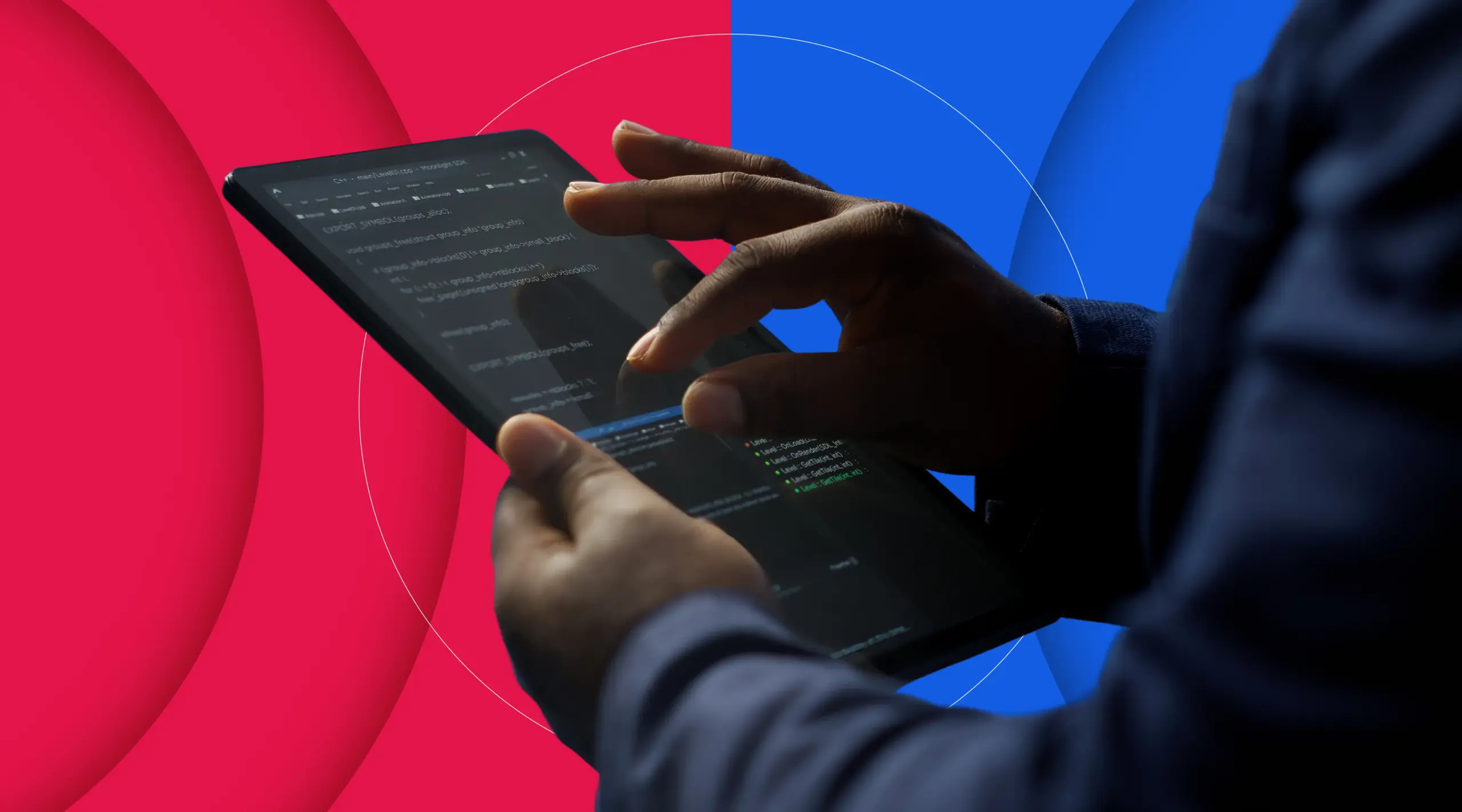
The traditional buying journey (awareness → consideration → decision) no longer corresponds to the reality of the modern consumer. Google and the Boston Consulting Group (BCG) are now proposing a new framework: the 4S model (Stream, Scroll, Search, Shop). This model adapts perfectly to the evolution of digital behavior, offering a more realistic and effective vision for your marketing strategy.
- What is the BCG 4S model?
- In-depth deciphering of 4S
- Why choose the 4S model?
- Practical implications for your marketing strategy
- 4S vs Messy Middle: what's next?
- AI at the heart of the 4S model: hyper-personalization
- Adrenalead & Web Push: complete your 4S strategy
- The BCG 4S model, an opportunity to be seized
What is the BCG 4S model?
The 4S model breaks down the digital journey into four behavioral stages, which are not necessarily linear:
- Stream: passive, continuous consumption of interactive content (e.g. videos, podcasts, etc.).
- Scroll: active exploration within a stream, generally on social networks or news platforms.
- Search: active, intentional search for a particular product or piece of information.
- Shop: the act of buying, now faster and simpler via mobile and integrated commerce formats (social commerce, live shopping, for example).
In-depth deciphering of 4S
Stream: continuous interaction and engagement
Internet users consume content all the time: video on social networks, listening to a podcast, are all ways of discovering products or a brand.
At this point, it’s vital to capture attention quickly, to arouse an emotion. That’s why we rely on storytelling, clever branding and short, punchy content.
👉 Case in point: Nike uses interactive documentary series on YouTube to keep users engaged over time, integrating direct links to its products.
Scroll: grab attention in seconds
It’s nothing more or less than the window shopping of our time: the web user doesn’t necessarily have a clear intention to buy, but a well-targeted publication can trigger a purchase (reviews, content, brand stories on social networks, for example).
The idea for the brand is to offer native content that integrates into feeds (carousels, short videos, lives, stories, reels, UGC – User Generated Content, polls/quizzes).
👉 Case in point: Sephora creates short, dynamic formats in collaboration with relevant influencers to trigger immediate interest.
Search: respond to intent with precision
Gone are the days of the classic, solitary Google query.
Internet users will take a photo via Google Lens, look for answers or video comparisons via YouTube, do a voice search on their smartphone, ask an AI a question (hello Gemini, ChatGPT and their friends)… In short, it’s becoming more and more necessary to offer answers in different forms (text, image, video, sound), to maximize your presence on AIs, and to offer comparisons.
👉 Best practice: Ikea optimizes its site with detailed ALT tags and uses Google Lens to enable users to search for products via a simple photo.
Shop: frictionless shopping
Consumers want to be able to buy instantly, with a simple click, wherever they are: on the brand’s website of course, but also on social networks. This is why it’s important to offer purchase buttons directly on your ads or posts, to provide ultra-personalized recommendations and, above all, to facilitate the transition from online to offline, if the product requires it.
👉 Case in point: Instagram Shopping lets you buy directly from a publication, simplifying the customer journey as much as possible.
Why choose the 4S model?
Because customer journeys are now fragmented and non-linear, and cell phones have become the central anchor for purchasing decisions.
According to BCG, over 75% of consumers interact with a brand via their smartphone before converting – and often without following a classic funnel. The 4S model replaces the overly rigid idea of a single marketing funnel with a multi-moment behavioral vision. This model therefore responds to today’s challenges:
- Multiplication of contact points.
- Non-linear and complex behaviors.
- The modern consumer’s demand for immediacy.
Above all, understanding your audience’s “S” situation will enable you to :
- Deliver the right message to convert.
- Choose the right moment to emerge.
- Propose the right format to engage.
Practical implications for your marketing strategy
This new vision of the buying journey has a major influence on your content strategy in the broadest sense. Here are the main points to watch out for:
- Multimodal presence: to stand out, your content must offer a textual, visual, vocal and, if possible, conversational response. So you’ll need to think about and produce your content in different ways.
- Constant presence on all digital media: being present on Google, social networks and AI = ok. But the hardest part will be to have an identical tone and message from one platform to another.
- Fast, engaging content: short or long videos depending on the platform, SEO-friendly thumbnails, you’ll need to adapt with hard-hitting messages.
- One-click conversion: CTAs need to be easily accessible, with quick checkout options and a reduced number of steps before purchase.
👉 SEO example: Amazon makes massive use of enriched descriptions and extensive optimization for voice search via Alexa.
4S vs Messy Middle: what’s next?
Google’s Messy Middle (2020) described the consumer’s exploration and evaluation phases. The 4S model goes further, detailing how to influence each phase of the journey with precision, through interaction and personalization.
AI at the heart of the 4S model: hyper-personalization
AI makes it possible to create unique customer journeys thanks to personalized recommendations and intelligent retargeting.
👉 AI example: Netflix constantly personalizes the content offered to each user thanks to highly precise predictive algorithms.
Adrenalead & Web Push: complete your 4S strategy
With the fragmented customer journey described in BCG’s 4S model, Web Push Notification is a particularly agile and effective lever.
Alongside traditional channels, it reconnects the brand with its audience at every key moment in the cycle:
- In the Scroll phase, to reconnect a distracted visitor.
- In the Search phase, to recall a viewed product.
- In the Shop phase, to support conversion with a targeted offer.
A non-intrusive, native and ultra-responsive format, Web Push integrates naturally with mobile uses, enabling advertisers to take over off-site. All in real time, without dependence on cookies or third-party platforms. In this way, it becomes a common thread between the stages of the 4S model, capable of transforming ephemeral attention into lasting commitment.
👉 Adrenalead assets: a 100% French solution, offering a SaaS Web Push tool and an advertising network of over 60 million profiles in the same format.
The BCG 4S model, an opportunity to be seized
The 4S model represents a revolution in digital marketing, enabling you to respond precisely to current consumer expectations. Adopt it now to secure the future of your marketing strategy!



